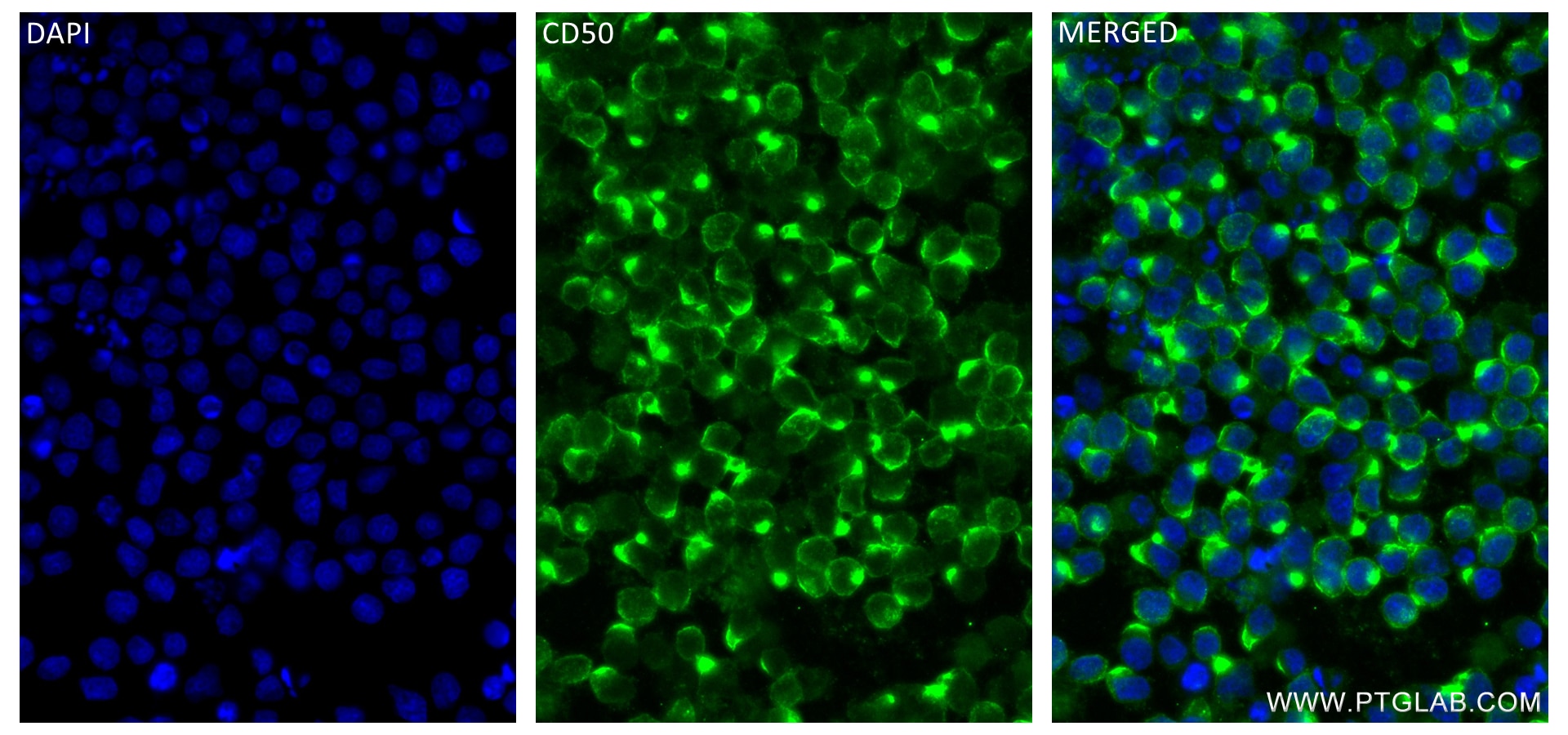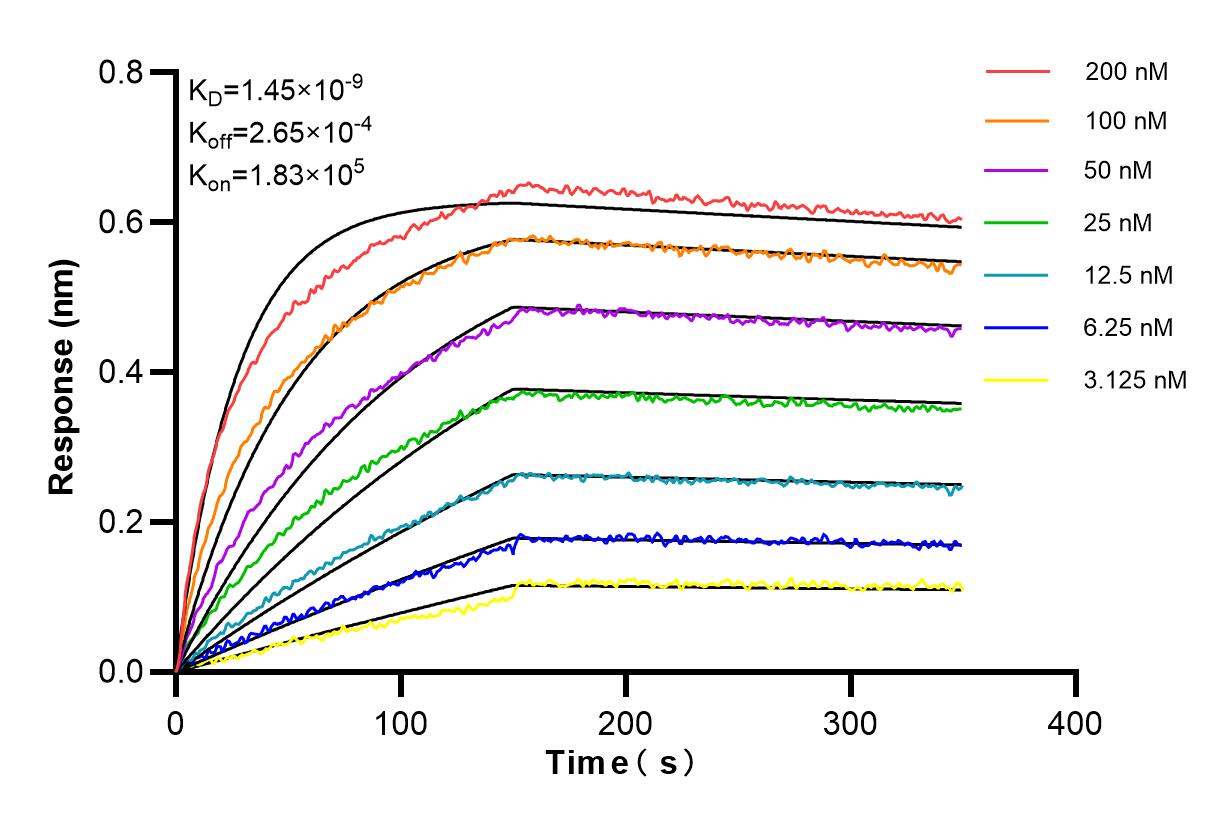Validation Data Gallery
Tested Applications
| Positive IF/ICC detected in | Ramos cells |
Recommended dilution
| Application | Dilution |
|---|---|
| Immunofluorescence (IF)/ICC | IF/ICC : 1:125-1:500 |
| It is recommended that this reagent should be titrated in each testing system to obtain optimal results. | |
| Sample-dependent, Check data in validation data gallery. | |
Product Information
84335-3-RR targets ICAM3/CD50 in IF/ICC, ELISA applications and shows reactivity with human samples.
| Tested Reactivity | human |
| Host / Isotype | Rabbit / IgG |
| Class | Recombinant |
| Type | Antibody |
| Immunogen | Recombinant Protein 相同性解析による交差性が予測される生物種 |
| Full Name | intercellular adhesion molecule 3 |
| Calculated molecular weight | 547 aa, 60 kDa |
| GenBank accession number | BC058903 |
| Gene Symbol | ICAM3/CD50 |
| Gene ID (NCBI) | 3385 |
| RRID | AB_3671875 |
| Conjugate | Unconjugated |
| Form | Liquid |
| Purification Method | Protein A purification |
| UNIPROT ID | P32942 |
| Storage Buffer | PBS with 0.02% sodium azide and 50% glycerol , pH 7.3 |
| Storage Conditions | Store at -20°C. Stable for one year after shipment. Aliquoting is unnecessary for -20oC storage. |
Background Information
Intercellular Adhesion Molecule 3 (ICAM-3), also known as CD50, is a member of the immunoglobulin superfamily. It is a transmembrane glycoprotein that contains an N-terminus extracellular domain, a single transmembrane domain, and a C-terminus cytoplasmic domain. ICAM-3 possesses 2-9 Ig-like C2-type domains in its extracellular region and is known to bind to the leukocyte adhesion protein LFA-1 . This molecule is expressed on leukocytes and epidermal Langerhans cells and plays a significant role in immune cell interactions and T lymphocyte activation.
Protocols
| Product Specific Protocols | |
|---|---|
| IF protocol for ICAM3/CD50 antibody 84335-3-RR | Download protocol |
| Standard Protocols | |
|---|---|
| Click here to view our Standard Protocols |

